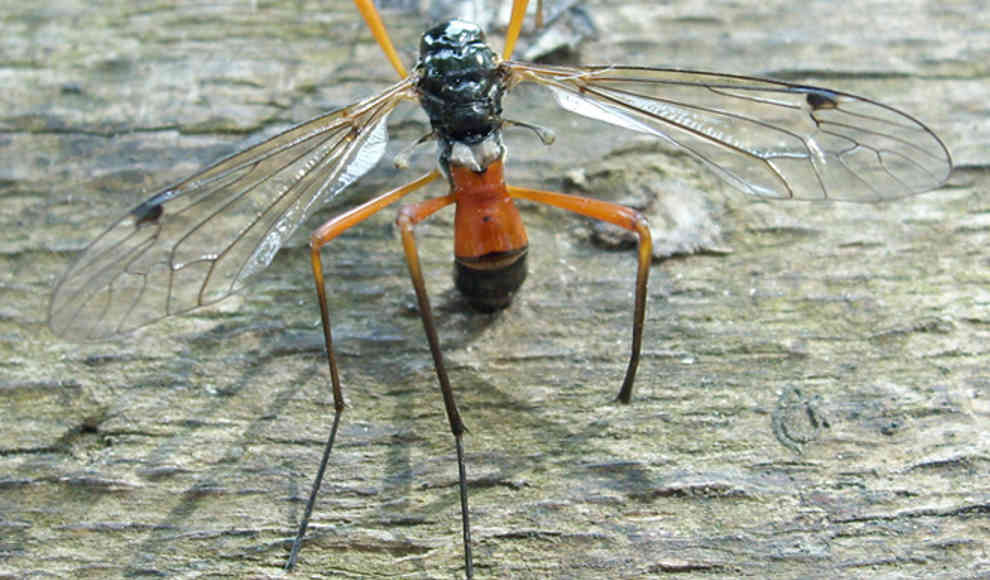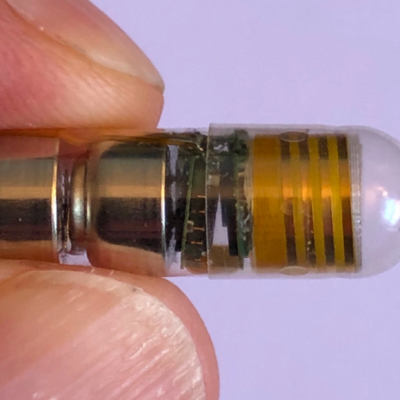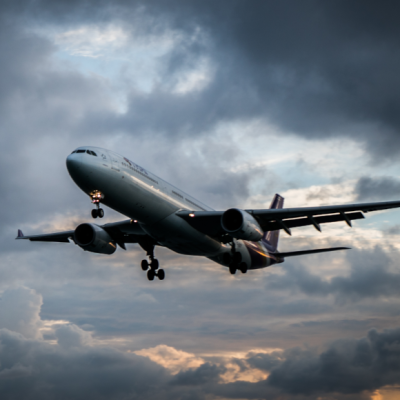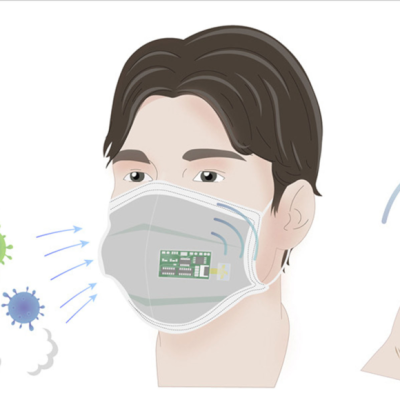Researchers at the Georgia Institute of Technology have discovered why mosquitoes fly in the rain but not in fog. The reason is that the biological sensors of mosquitoes are disturbed by the fine water droplets in the fog, forcing the mosquito to land. In a typical rain shower, a mosquito is hit by a raindrop every 20 seconds, but this does not hinder its flight. However, flying through fog forces mosquitoes to land. Andrew Dickerson, a researcher at the Georgia Institute of Technology, and his colleagues conducted an experiment to investigate why the large drops of a rain shower do not affect the flight of mosquitoes, while the much smaller drops in fog force them to land.
During the study, it was discovered that the fine water droplets in the fog collide with the halteres, or balancing organs, of the mosquitoes. These halteres, located at the base of the wings, help the mosquitoes maintain their orientation during flight. The mosquito moves the halteres in the opposite direction to the wing beat, measuring not only its flight speed but also its acceleration. These two important pieces of information help the mosquito coordinate its wing beats. The study found that the many small collisions between the water droplets in the fog and the halteres of the mosquito lead to incorrect information about the flight characteristics, forcing the mosquito to land immediately.
Dickerson explains that while fog impairs visibility for airplanes, it causes the flight sensors of mosquitoes to fail. The researchers hope that their findings will help in the development of new mosquito control strategies, as well as improve our understanding of the complex sensory systems of insects.










